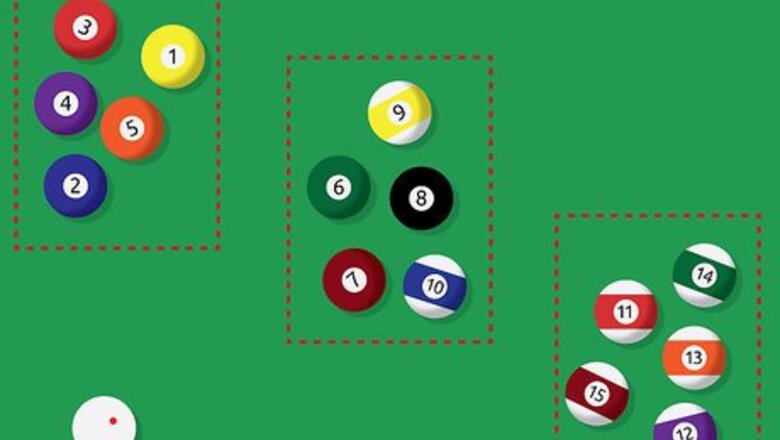
views
Knowing the Rules of the Game

Know which balls are used. In Cutthroat billiards, the standard set of numbered 1-15 balls, plus a cue-ball are used to play the game. The numbered balls are split into three sets, and each set will belong to each of the three players. The first set has balls 1-5, the second set has balls 6-10, and the third set has balls 11-15. The object of Cutthroat billiards is to pocket all of your opponent's balls and be the only player with balls from your group remaining on the table.
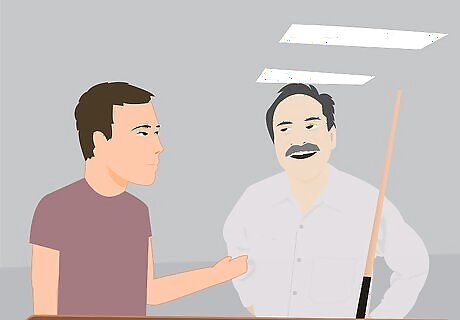
Determine who will break. The shooting order is determined by lagging. One at a time, each player should take turns shooting the cue ball towards the foot cushion of the table. The balls will bounce back toward the head end of the table. Whichever player's ball ends up closest to the head end of the table has won the lag. The player who is third in the shooting order will rack the balls, while the first shooting player will break them.
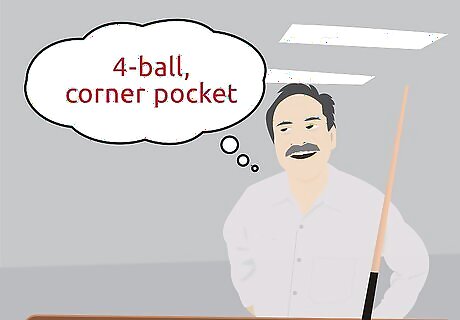
Decide whether players will call shots or not. Calling shots means naming the ball and the pocket you intend to shoot the ball in. In games where you have decided to call shots, you must name the ball and pocket accurately for each shot, or it will not count.
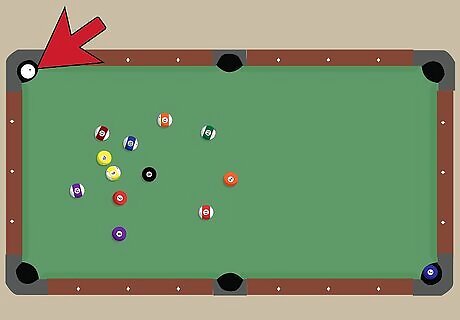
Learn the fouls of the game. A legal shot requires that the cue ball is used to contact the numbered balls. On all shots, players must cause the cue ball to contact an object ball. Any legally pocketed ball allows the shooter to continue at the table until they fail to pocket a numbered ball. Other fouls including scratching, hitting the balls of the table, and pocketing your own balls. If player pockets their opponents’ ball on an illegal shot, the shot doesn't count. If the player pockets his own ball on an illegal shot, the ball remains pocketed and their turn ends. Numbered balls that are hit off the table are considered foul, and the penalty for fouls is followed. The next player accepts the cue ball in the current position. If the cue ball is scratched or jumped off the table, the incoming player gets the cue ball and can place it anywhere behind the head string.
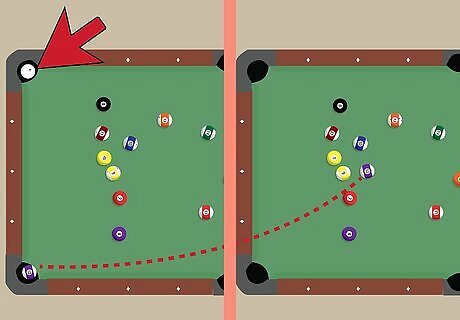
Know the penalties of a foul. Whenever a player commits a foul, their turn ends. One ball from each of the opponents’ groups of balls that has been pocketed is brought back into play. This allows players who were eliminated to be brought back into the game at any time until the game is over. If a player’s group has no pocketed balls at the time of a foul, then the penalty has no effect on that group or player.
Setting Up the Game
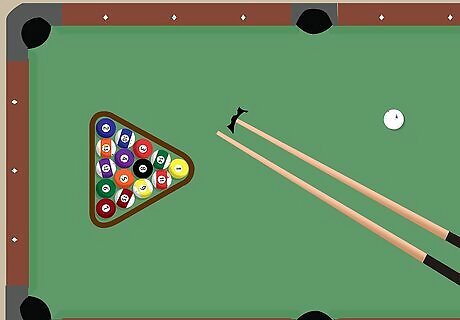
Obtain the proper equipment. Cutthroat is played on a standard pool table with a cue ball along with a standard set of pool balls (1-15), a standard triangle, a cue (pool stick) for each player participating (players may share cues as well), a cue bridge (for those hard to reach shots), and a cue chalk for chalking the tips of the cues.
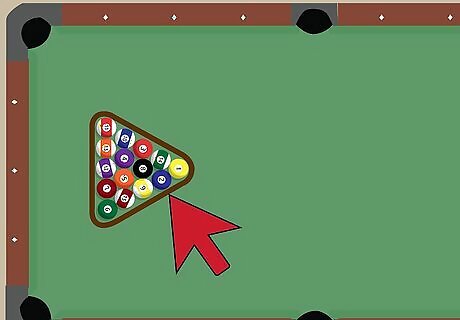
Set up the rack. A standard triangle rack is used in Cutthroat billiards. The three corners of the rack should be filled with one ball from each group. Specifically, the 1 ball should be in the front corner, and the 6 and 11 balls should be placed on the two corners. The rest of the balls don't have specific spots, but should be spread out amongst the triangle rack. This will ensure the best possible break.
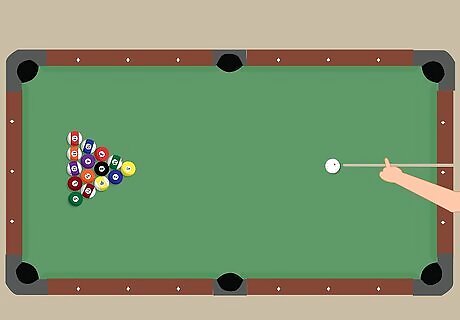
Break to begin the game. As previously mentioned, you should have determined which player will be breaking by performing a lag. If the starting player fails to make a legal break, the next player can accept the table’s position and shoot, or can ask for a re-rack and new break of the balls. Any balls pocketed on a legal break remain pocketed. An illegal break includes failing to break the rack of balls correctly or shooting the cue ball off of the table.
Playing the Game

Determine which set of balls is yours. Players take turns trying to pocket balls until they get a ball in a pocket. If the first shooter's break is successful, they will get the first shot to claim a set of balls: numbers 1-5, 6-10, or 11-15. The next player to shoot a ball in the pocket gets their choice of the remaining two sets of balls, and the third player gets whichever set is left. The objective is to shoot your opponents' balls into the pockets, so choose the sets that have the most balls left on the table. Unfortunately the third shooter won't have much of a choice.
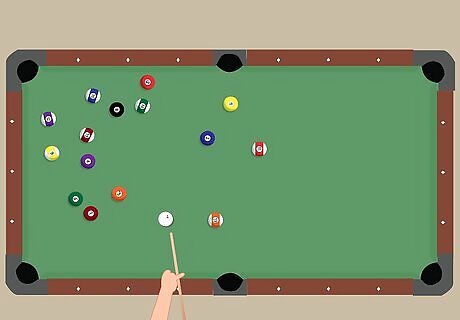
Start the game. After a successful break, each player will shoot their turn. A turn is over once a player makes no shot, or makes an illegal move. Illegal moves include scratches (shooting the cue ball in a pocket), moving a ball with your hands or your cue, and shooting the cue ball off the pool table.
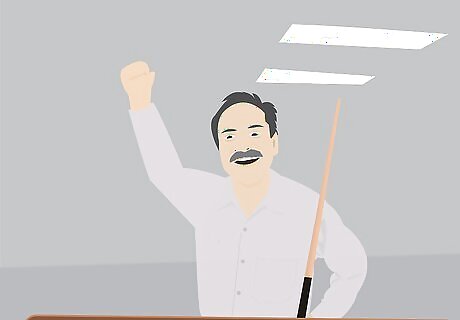
Declare a winner. A winner is declared when they are the only player with balls left on the table. When a player has no balls on the table, they are considered "out" and their turn is skipped in the rotation of taking shots. When the game is over, the winner becomes the breaker, the second to last player standing becomes the second player of the next game, and the player who lost first racks for the next game. This results in a shuffling of which player gets which set of balls from one game to the next.




















Comments
0 comment